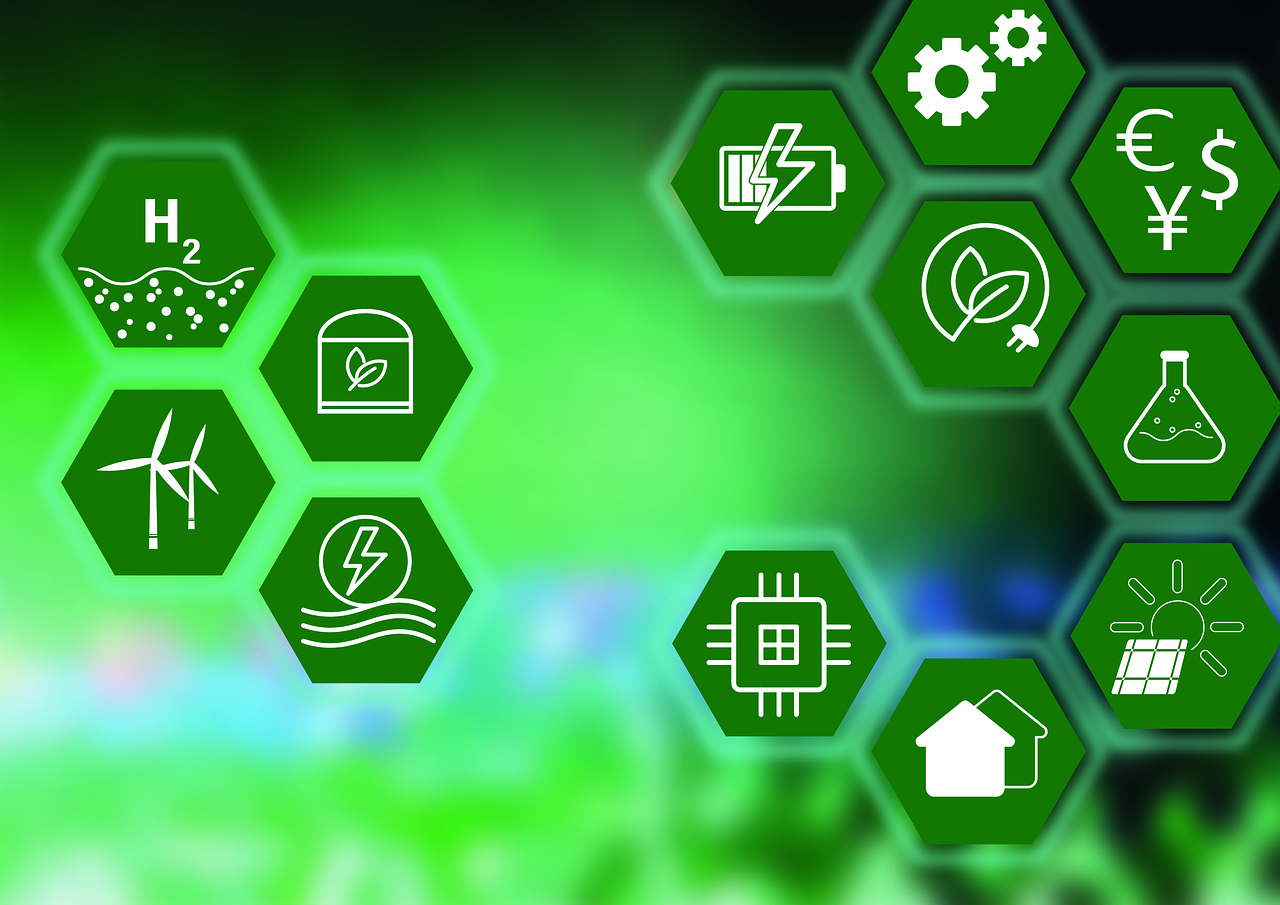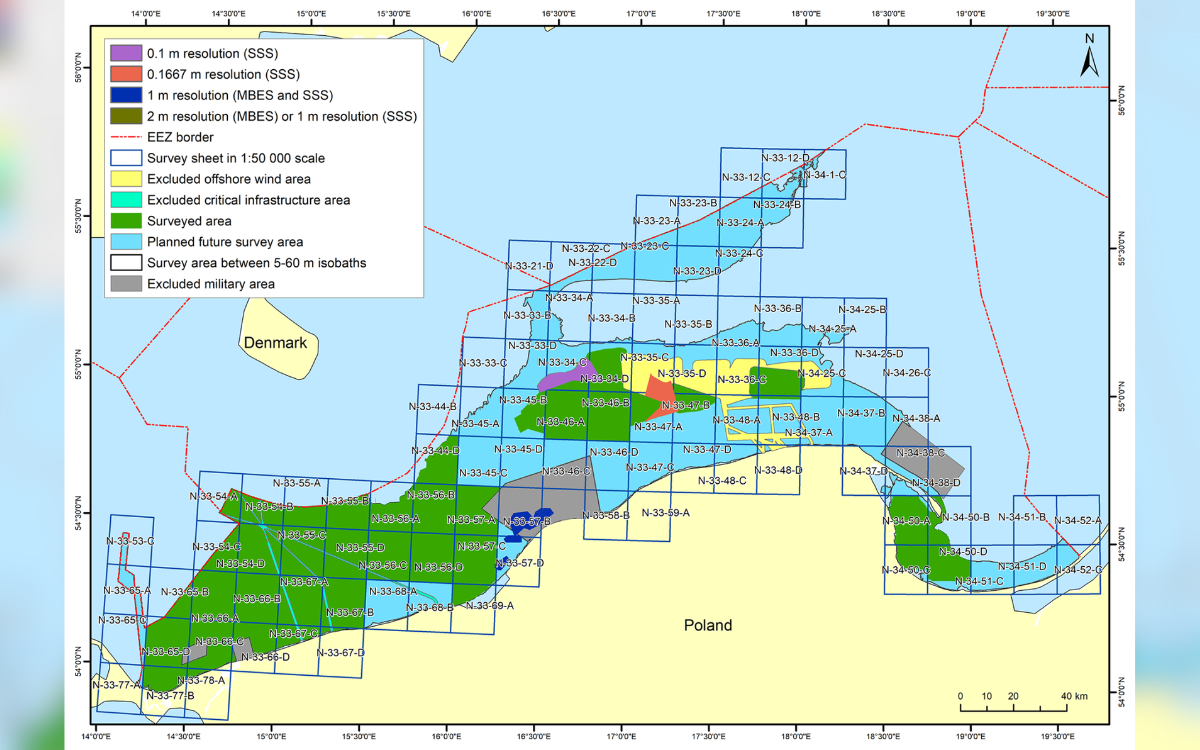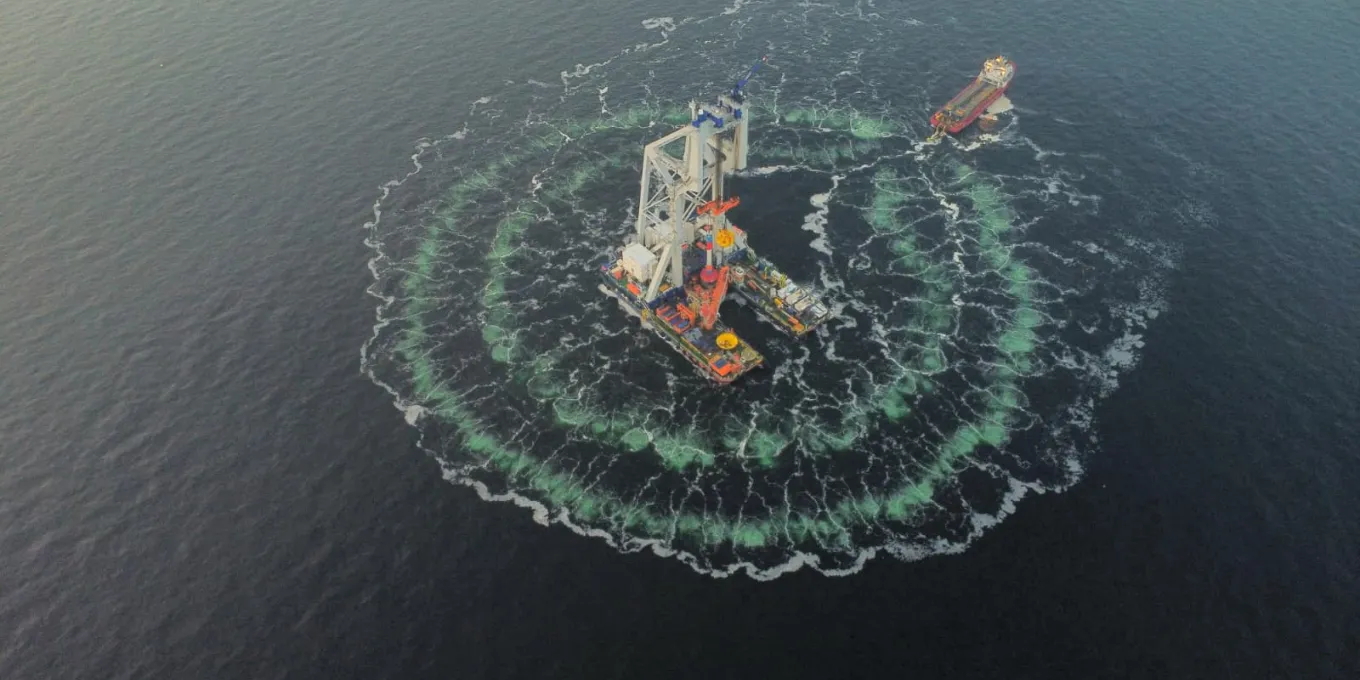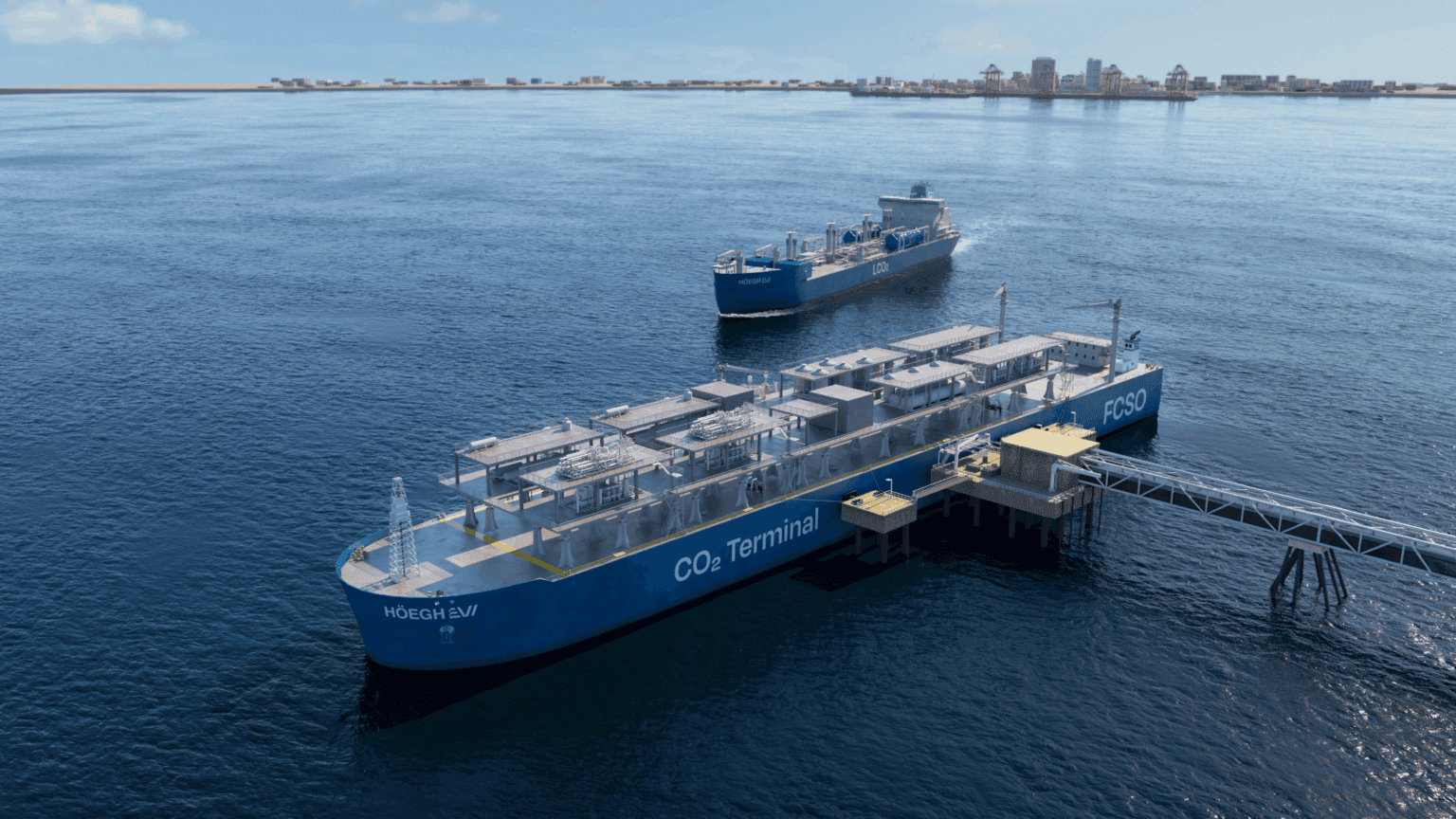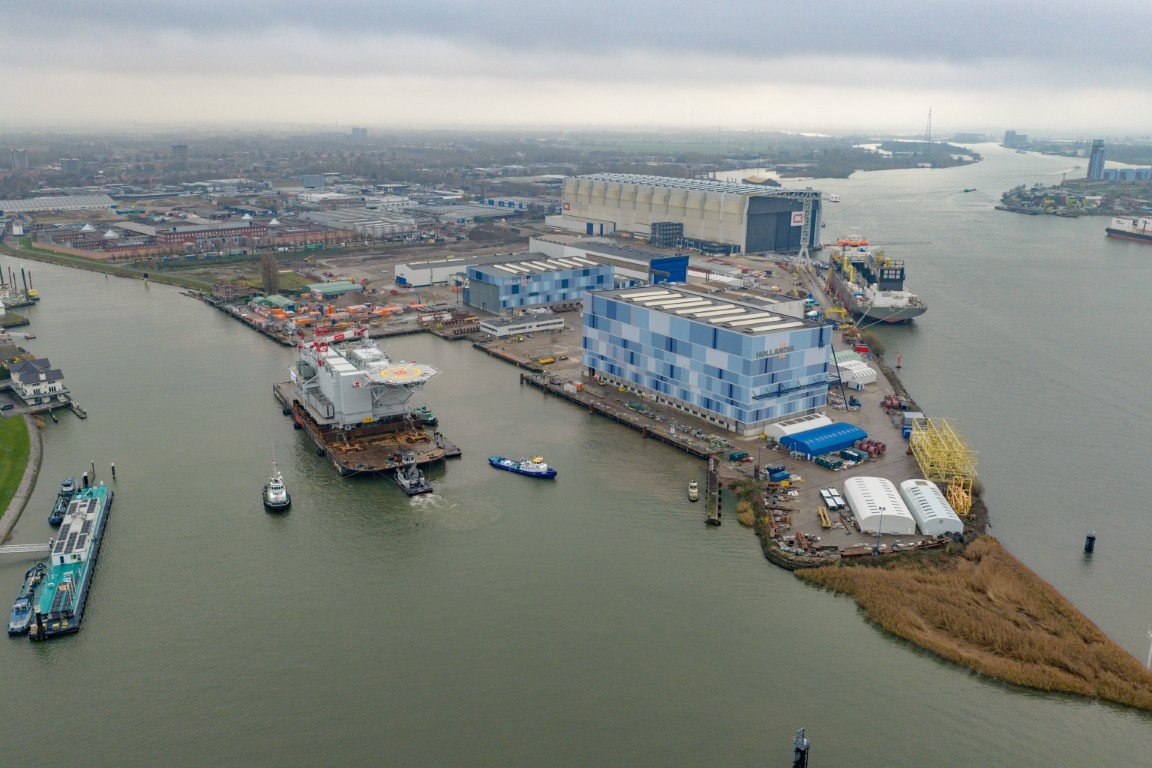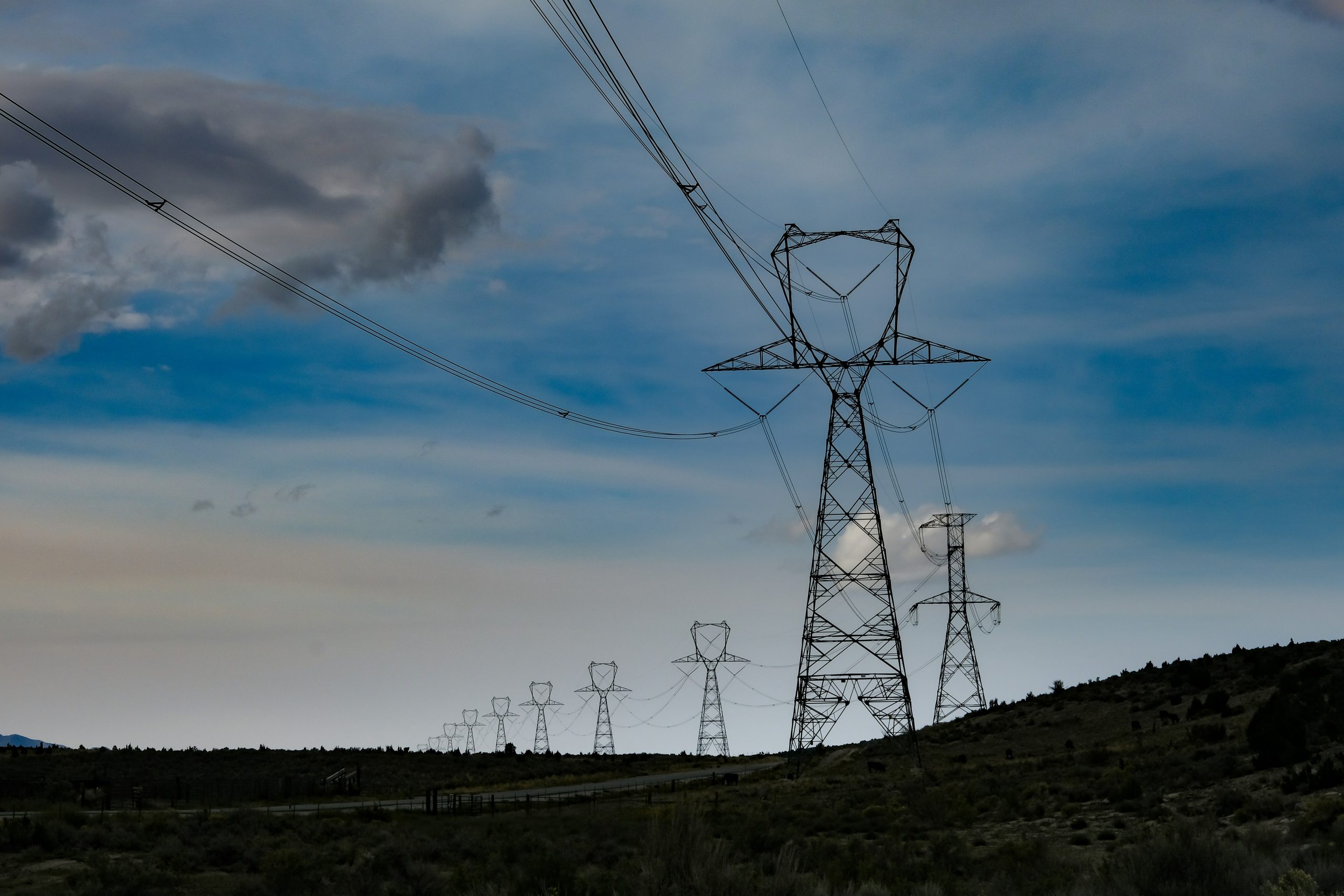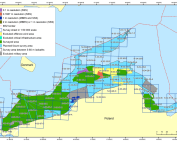Experts from the Lower Silesian Institute for Energy Studies (DISE Energy) and the Polish Wind Energy Association have prepared a report on the green hydrogen production potential in Poland. By 2040, there is a realistic chance that electrolyzers above 20 GW will meet hydrogen demand. For this to be possible, RES generation should be over 60 GW. Offshore wind farms can play a significant role.
The “Green Hydrogen from Renewable Energy Sources” study focuses on the analysis of an important issue for the Polish energy economy, which is the possibility of using, among others, offshore wind energy in the process of obtaining green hydrogen. Polish Energy Policy until 2040 (PEP 2040) assumes that the first offshore wind farm will be included in the energy balance in three to four years. The installed wind capacity in the Polish part of the Baltic Sea may reach 5.9 GW by 2030 and will almost double by 2040.
The report is one of the elements of “Hydrogen Autumn” in Poland
Present at the report presentation was Ireneusz Zyska, Vice-Minister for Climate and Environment and Government Plenipotentiary for RES. He recalled that on 14 October a sectoral agreement was signed in Poland for the hydrogen industry.
– We solemnly signed the world’s first hydrogen “sector deal” in Poland, concentrating the involvement and potential of entities, industry, companies – mainly, but not only, state-owned companies. Also representatives of science, research and development institutes, and organisations from the business environment – said Zyska.
On 2 November the Council of Ministers adopted the Polish Hydrogen Strategy .The strategic document is a kind of compromise and a resultant of the potential of the Polish economy to produce and use hydrogen in the most important sectors of the economy – transport, energy, heating and industry.
Remigiusz Nowakowski, president of DISE Energy, said that the use of renewable sources and hydrogen technologies can support the energy transition in Poland.
– In our opinion, hydrogen production in Poland should be realized within three pathways – use of RES surpluses, operation of a dedicated part of RES generation in the off-grid system integrated with dedicated electrolyzers, and dispersed production for local needs – he pointed out.
According to experts, by 2040 there is a real chance to meet the demand for hydrogen in Poland through electrolysis with a rated power of over 20 GW. The development of the hydrogen market requires lowering the cost of hydrogen production through economies of scale.
The PWEA president stressed that the development of green hydrogen will not be possible without wind energy, in particular offshore wind energy.
– I would like to emphasize on two things. First of all, the development of offshore wind energy, even on a larger scale than we have. So far, a large potential in the Baltic Sea has been planned in the energy policy of the state. Further areas, basins are available and are not intended for this purpose. Discussions about new locations for offshore wind farms should already be held today. Hopefully it will happen next year”, Gajowiecki said.
Urgent action is needed
Experts argue that swift action is needed to meet the demands of the hydrogen economy, particularly in terms of hydrogen transfer, storage and grid connection capabilities. Currently, the pace and plans of RES development in Poland do not give a chance to meet the future supply for green hydrogen.
It is necessary to separate a part of RES potential with the highest capacity utilization rate from offshore wind energy for direct hydrogen production, without considering the balance needs of the power system and without the need to connect generation sources and electrolyzers to the grid (off-grid operation)
We read in the report that the cheapest option for obtaining green hydrogen is an electrolyzer integrated with an onshore wind turbine. Currently, the cost of producing hydrogen in this option is at the level of approx. 7 USD/kg, while in the future it is possible that it will fall to approx. 3 USD/kg. A slightly more expensive option is an electrolyser integrated with an offshore wind farm with costs in 2020 and 2050 of respectively $8/kg and $4/kg. The most expensive at the moment, but at the same time with the highest potential for decline, is option No. 3, which is an electrolyzer integrated with a photovoltaic power plant. It is expected that the cost of obtaining hydrogen on the basis of this technical solution will fall in the perspective of 2050 to approx. 3.5 USD/kg.
